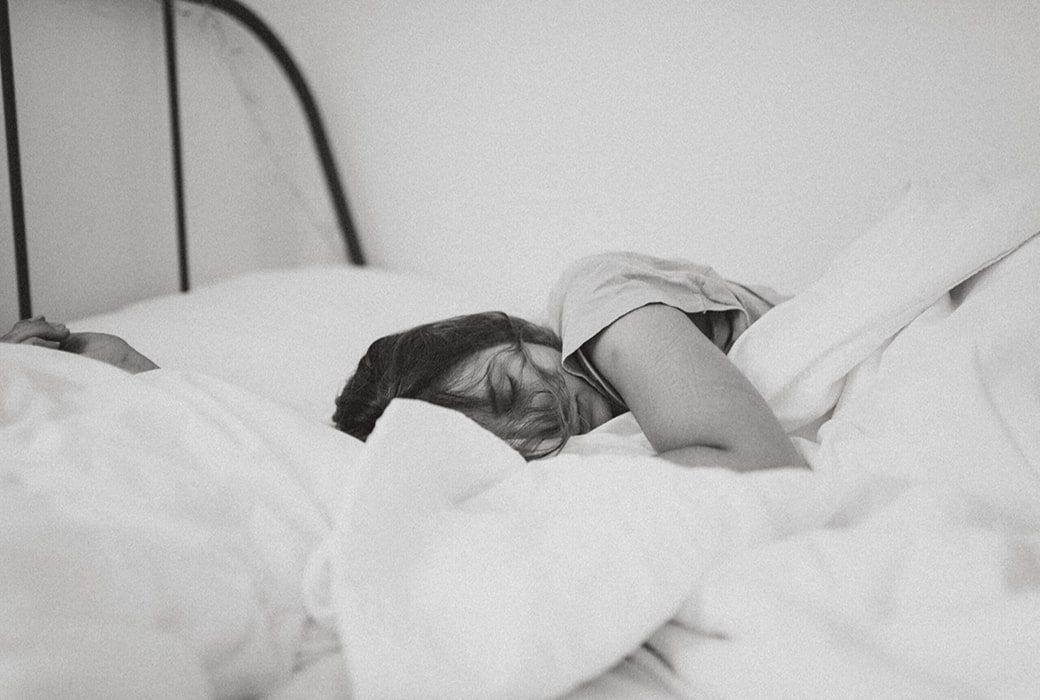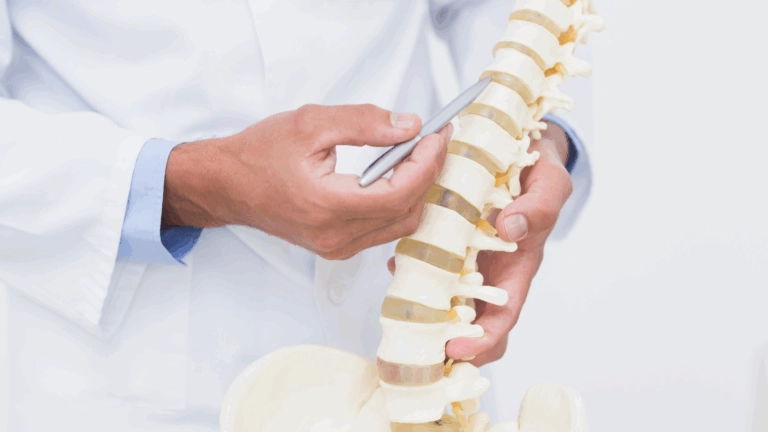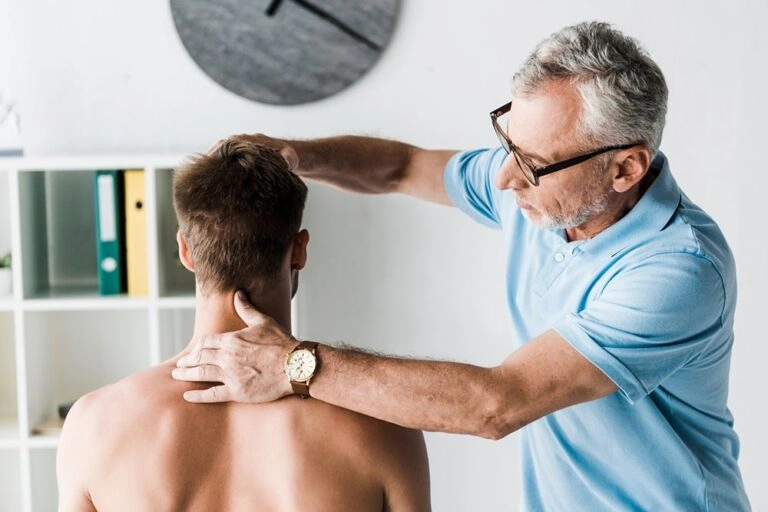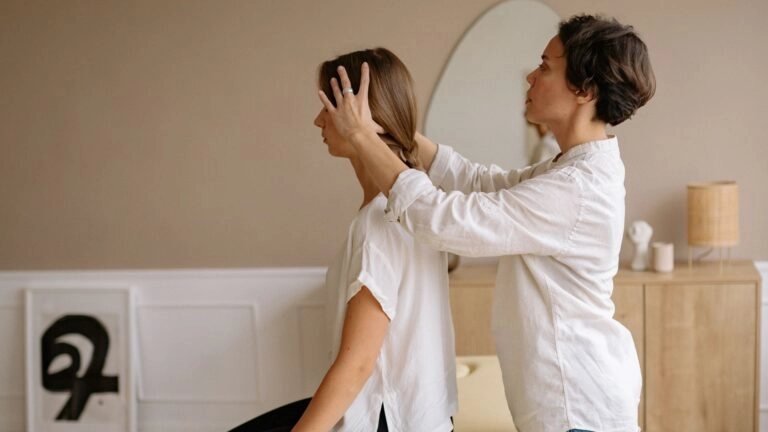For anyone who doesn’t live in Alaska, they often wonder what the big deal regarding the depression most Alaskans deal with. “It snows here too, for months, so what’s the big deal?” you might hear others say. Let your Anchorage chiropractor explain.
One of the big differences is, of course, the lack of sunlight in Alaska during these months. Even on the winter solstice, Chicago can see a little more than 6 hours of daylight. Fairbanks can see a mere 3 hours and 49 minutes of sunlight.
Oh, and let’s not forget those super low temperatures. To avoid any drama, let’s simply look at average temps. The average low for Chicago in January is 42.5F. In Detroit, 17.8F. Anchorage, 11.1F.
Is it any wonder that depression in Anchorage sometimes feels like an epidemic? The prevalence of SAD in Alaska is higher than those in Florida, to be certain, but is it something you just have to learn to live with? How do you stay active during the winter months?
Anchorage Chiropractor Explains: What Exactly are the “Winter Blues”?
In the early 1900s, the winter blues were more commonly called “cabin fever.” When Alaskans were isolated by long distances, the seemingly endless nights, and brutal weather forced many to stay indoors and making some of them go a little bonkers in the process.
Today, we know this as Seasonal Affective Disorder, or SAD. This is the term used to describe the depression, feelings of sadness, lack of motivation, and low energy levels that affect people in the winter months, especially in the Alaskan darkness period.
Some researchers suggest that at least 14% of the US population can experience SAD, with some people having such extreme symptoms that they need therapeutic treatment.
Beating Winter at Its Own Game
Sometimes, you have to look at something and face it head on in order to get a grip on the situation. This is often true with SAD. Hiding under the covers and binging on marathons of old favorite movies won’t make SAD disappear.
Fight winter by facing it! Check out these tips to help beat the Anchorage winter blues.
Top Chiropractor in Anchorage Gives 10 Tips for Beating SAD
Thing #1 – Think Happy Light
UV lamps commonly referred to in Anchorage as “happy lights” mimic natural sunlight and have been proven to help fight those winter blues. Research has found that when people used these types of lights on a regular basis, it greatly reduced their SAD symptoms.
Most people only need to sit in front of their happy light for 30 minutes each day to stimulate the body’s natural circadian rhythm and regulate their melatonin levels.
Thing #2 – Vitamin D
A lack of sunlight means a lack of vitamin D. Studies have linked low levels of vitamin D to everything from skin cancer, MS, heart disease, and mood disorders.
Very few foods are high in vitamin D, but adding orange juice, cold-water fatty fish, such as salmon or tuna, eggs, and some diary products to your diet can help increase vitamin D levels,
Supplements, however, are the route most people will take to help beat the blues. For best results, begin taking this supplement in the late summer to early fall to allow vitamin D levels to build up in the body.
Thing #3 – The “E” Word
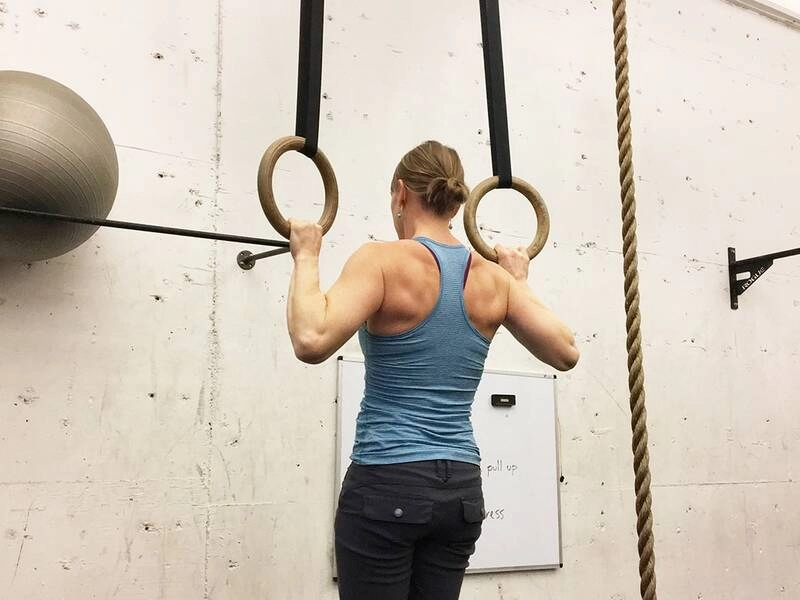
The dreaded “E” word is exercise and while you know how good it is for you, it can be very, very difficult to motivate yourself to get up and get moving when it’s -25 outside. But as an Anchorage chiropractor, I must really stress the importance of exercise.
Before winter hits, spend the summer looking for a gym or other type of indoor activity center that is indoors and open all winter long. Consider signing up for swimming classes, dance, or some type of indoor sports game that will motivate you to get out of the house. (No one wants to waste that hard-earned money, right?)
Don’t forget to get your kids involved in some of these activities as well. Imagine the fun your kids will have at that indoor water park in Anchorage! They can pretend it’s summertime and get in some exercise at the same time.
Thing #4 – Think Vacation

If at all possible, consider taking one or two short vacations during the winter months. After the holidays, it’s usually easy to set up searches on various websites (such as Google Flights) to monitor airline and hotel prices. When you are notified that the price has dropped, you can book your flight and aloha!
Even short weekend trips to sunny destinations can help. If you can’t get away, at least plan for it. Imagine where you would want to go. Check out all the museums, spas, or nightclubs you would like to visit when you get there. Look at lots of pictures and imagine that you will be there “soon.”
A bit of daydreaming never hurt anyone and the excitement you will feel about a future trip will help improve your mood.
Thing #5 – Social Engagements
It is FAR too easy to just text friends and family and cancel plans, so you don’t have to face the outdoor weather. It’s tempting, but don’t do it.
Spending time alone can be a nice diversion, but it is important to spend time socializing. Staying in touch with others makes you feel more connected to the world and less alone.
While online video chats are great for loved ones far away, nothing is quite like hugging a friend in person. Join a gym or other social group if you don’t have many friends who live close by. Accept invitations from neighbors or co-workers.
Even spending just an hour a week with friends can improve your mood and make you feel as if you have help and support in fighting SAD.
Thing #6 – Be Proactive with Your Health
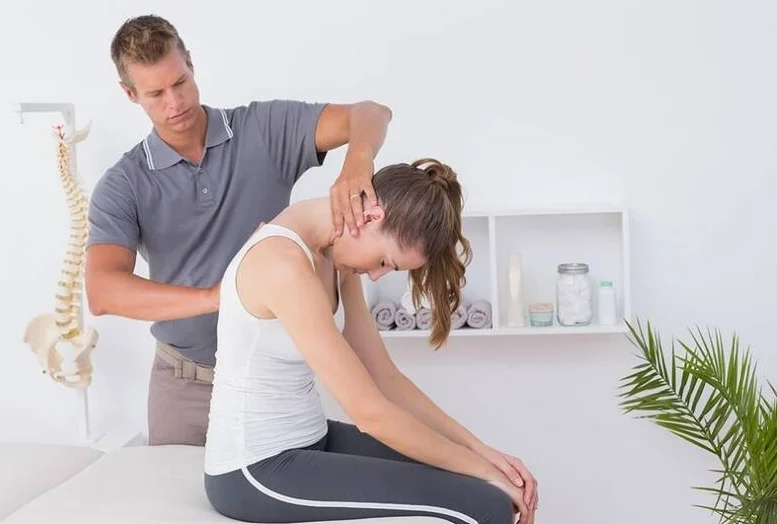
Winter means spending more time indoors and once you leave the house, this means more time indoors with people who carry germs.
We aren’t trying to sound anti-social, but it’s a fact. Viruses are spread by coughing, sneezing, and touching so more people = more germs/viruses.
Don’t forget to be proactive when it comes to your health. Get your annual flu shot. Use hand sanitizers and wash your hands often. Make and keep regular checkups with the doctor, dentist, and local Anchorage chiropractor. Eat a healthy diet and watch your weight as pounds tend to pile up during the winter months.
You might be tempted to put off that weird twinge in your back until the weather improves, but don’t do it. Take good care of your health in the winter so you can have a blast this summer.
Thing #7 – Work on a Positive Attitude
Someone once said that you should always “mind your mind”. This is good advice, especially for Alaskans.
You can literally change the chemical makeup of your brain through mindfulness practices such as yoga, deep breathing, and meditation. You have some say in what pathways in your brain you want to reinforce (such as positive, happy ones) or that you wish to pay less attention to (sadness).
Once you begin to pay attention to your body and reinforce positive pathways, those less desirable feelings begin to drop off. Yoga is also terrific exercise and there are multiple yoga studies in the Anchorage area.
Thing #8 – The Only Negative to Consider: Ions
This sounds a little hokey but the truth is that negative ions (an atom or molecule that has gained an electron) helped about 50% of people affected with SAD when machines that produced negative ions were used at night, at least for those involved in this study.
Negative ions abound wherever water is moving, such as waterfalls, rivers, and the ocean. Some people believe that this is why we feel better, happier, and more relaxed when we are on vacation.
There are a wide range of products that produce negative ions, including lightboxes with negative ionization built right into them.
One thing is certain, if you suffer from SAD, it certainly can’t hurt to give one of these a try!
Thing #9 – Dawn Simulators
Similar to happy lights, dawn simulators do what the name says; they simulate the sunrise with light that gradually increases in intensity.
Choosing a model that has full-spectrum light will offer you the best benefits since it is the closest to natural sunlight. For some people, studies found that dawn simulators were just as effective as light therapy. Imagine the results if you were to employ both?!
Thing #10 – Don’t Neglect the Great Outdoors

We know that SAD might be all about avoiding looking at, and dealing with, winter, but you absolutely must work on getting outside and taking advantage of as much sunlight as there is. Bundle up and take a walk around the block or walk anywhere for 5 minutes, then turn around and walk back. Any sunlight you get is better than none.
Also, remember to open the curtains or blinds when there is sunlight to let in as much natural light as possible. Work on keeping your home or office brightly lit to fight off the winter blues.
We hope you found this article helpful. If you did, please feel free to share it with others on social media or via email.
If you are unable to identify with many of the tips in this article because back or neck pain is keeping you housebound, the caring staff at Better Health Alaska encourages you to call us for a same-day appointment.
Winter is hard enough to deal with when you aren’t feeling pain and the Anchorage-based chiropractors at our two clinics are eager to help.
To learn more about your condition, visit your local chiropractor at Better Health Anchorage in Alaska.


